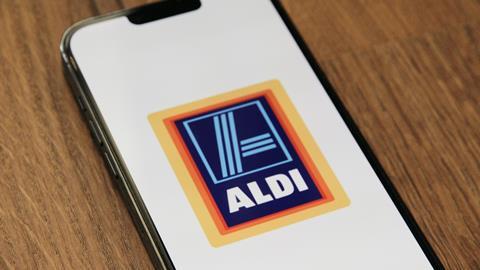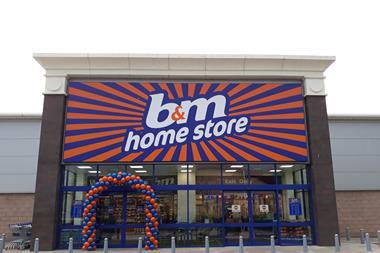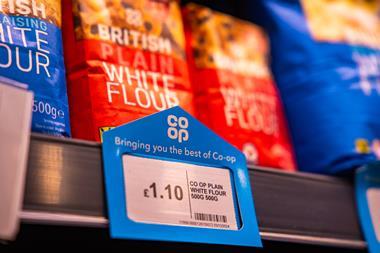Retailers are seemingly unable to ignore the promise of launching their own retail media networks, and monetising existing assets like space on their websites and apps and loyalty scheme data, as well as in-store signage and digital displays.
The margins are hard to pass by. Research by Boston Consulting Group suggests that advertising on retailers’ owned channels offers “robust margins” of 70% to 90% – an incredibly attractive figure for supermarkets more used to razor-thin profits on product sales.
Some offerings are well established and bullish. Tesco boasts double the number of digital screens than any other grocery network, with more than 1,000 in-store screens, and 500 SmartScreens outside stores. In October, it rolled out dynamic ad-served display media on to its Scan As You Shop handsets.
“Whether display, search, out of home, in-store, offsite, digital, radio – the list is endless – brands and agencies working with Tesco Media to power their retail media are seeing phenomenal results,” said Nick Ashley, MD, Tesco Media & Insight Platform, at the time.
The same month, Sainsbury’s – whose chief marketing officer Mark Given has referred to advertising as “the hidden profit stream for many big retailers” – revealed plans to double the number of screens in its stores. Asda plans to double its retail media revenue, Steven Gray, head of retail media at Asda, told The Drum late last year.
Supermarkets without media services
Few are still without a dedicated media service – Morrisons, Co-op, Boots, Superdrug, Deliveroo and many more all having launched one.
Except, notably: Aldi. But not for much longer it would seem, with The Grocer reporting the discounter is exploring “the development of a world-class media and advertising operation within the ever-changing grocery sector” across all its markets.
But does such a network make sense for the now fourth-biggest grocery market share-holding retailer?
To its detriment, Aldi’s e-commerce offering is weak in comparison with the traditional big four. Early last year, it wound down its home delivery service, which had only covered general merchandise, ‘Specialbuys’ and wines & spirits, leaving click & collect groceries as its only online service. This limits the appeal for brands seeking prominence at the online point of purchase, given Aldi’s shopper traffic will be minuscule in comparison with bigger, home-delivering supermarkets.
It does have an app, albeit with limited functionality, but no loyalty scheme to speak of. This lack of a loyalty scheme hobbles any retail media network’s potential in offering brands first-party data and behavioural insights on customers. Brands want granular demographics based on customer buying habits so shoppers can be better targeted. It seems unlikely Aldi will be able to offer this.
Aldi’s competitive advantage
Aldi also has a relatively low brand-to-private-label SKU ratio compared with its rivals. While the strategy has worked for the discounter – especially now own label is becoming more and more popular with shoppers – it limits the pool of brands Aldi might target for media sales.
However, Aldi has some advantages. “Whilst Aldi may find it difficult to compete in a singular market like the UK versus the likes of a Tesco or Sainsbury’s, they have a very interesting competitive advantage in their global store network across Europe and America which, if leveraged correctly, could offer brands unprecedented scale in their activations,” says Sam Knights, CEO at SMG, which via its agency Threefold runs some of the largest retail media networks in the UK, including Boots Media Group, Morrisons Media Group and Co-op.
“This would be especially interesting for bigger, global fmcg players seeking standardisation and activation opportunities across markets,” Knights adds.
But as it hopes to emulate the retail media networks of the traditional big four, Aldi’s own offering may be a copycat that simply isn’t up to scratch.

























No comments yet